The giant battery project in the Atacama Desert is expected to generate around 5.5 TWh of energy annually, reducing CO2 emissions by around 1.4 million tonnes. The project has just received additional funding from major investment groups.
Spanish company Grenergy announced on December 17 that it has signed an additional $299 million in financing for the Oasis de Atacama project in northern Chile. This is a non-recourse “green loan” for the third phase of the project with partners including: BNP Paribas, Société Générale, Natixis Corporate & Investment Banking (France), Bank of Nova Scotia (Canada) and SMBC (Japan).
“This milestone reaffirms the confidence of leading international organizations in our solid business model and our ability to develop innovative large-scale projects,” said David Ruiz de Andrés, Executive Chairman of Grenergy.
Phase three of the Oasis de Atacama project will include 230 MW of solar power capacity and an energy storage system with a capacity of 1.3 GWh.
The three funded phases of the project have 451 MW of solar capacity and 2.5 GWh of storage capacity.
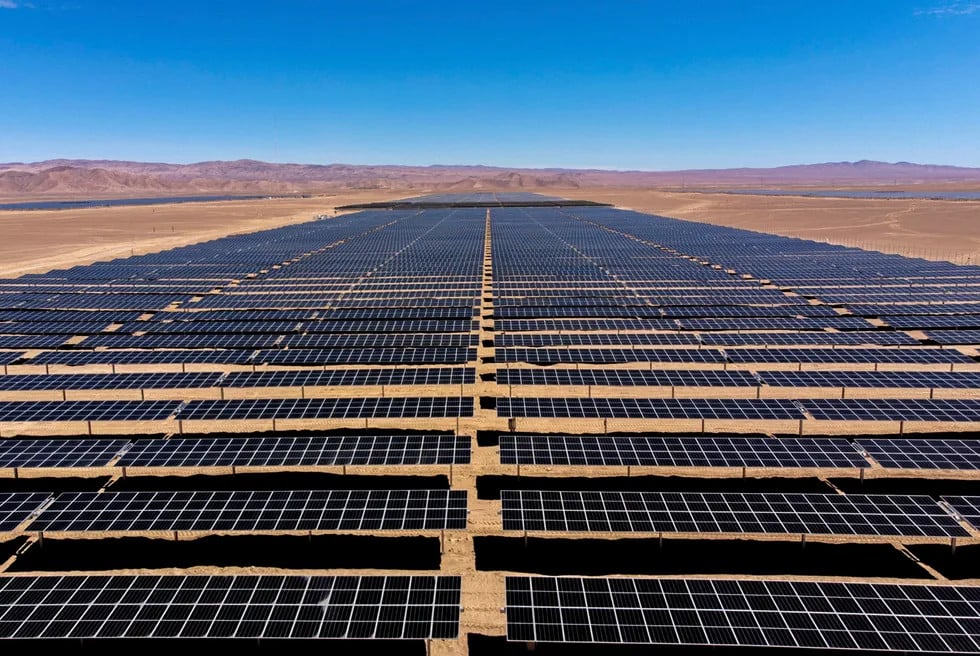
Oasis de Atacama consists of seven phases, with a total output of 11 GWh and nearly 2 GW of solar capacity. This will make the project “the world’s largest battery energy storage system,” Grenergy claims.
Previously, Grenergy said the project had attracted investment worth 2.3 billion USD. The project is expected to generate about 5.5 TWh of energy annually, helping to reduce emissions of about 1.4 million tons of CO2.
The first phase of the project will be operational in the coming weeks, with the remaining phases expected to be completed between 2025 and 2026.
If it reaches anywhere near Grenergy’s claimed 11 GWh of storage, it would dwarf the Moss Landing Energy Storage Facility in California, which is currently the world’s largest battery storage system with a capacity of 3 GWh. However, the Oasis de Atacama is not the world’s largest energy storage project.
Barring hydropower, that title could go to the giant 90 GWh thermal storage system being developed in Finland.
The Oasis project in the Atacama Desert is also not as large as some pumped storage hydropower facilities, including the Fengning hydropower plant in China with a capacity of 40 GWh, considered the world's largest system.
The importance of energy storage in the energy transition has never been greater. Over the past year, dozens of countries have signed up to commit to 1.5 TW of storage capacity by 2030, six times the current level. This target is seen as essential to supporting the global target of 11 TW of renewable energy by 2030.
(According to Recharge)

Source: https://vietnamnet.vn/kho-tru-dien-khong-lo-lon-nhat-the-gioi-duoc-dau-tu-giua-sa-mac-2354135.html








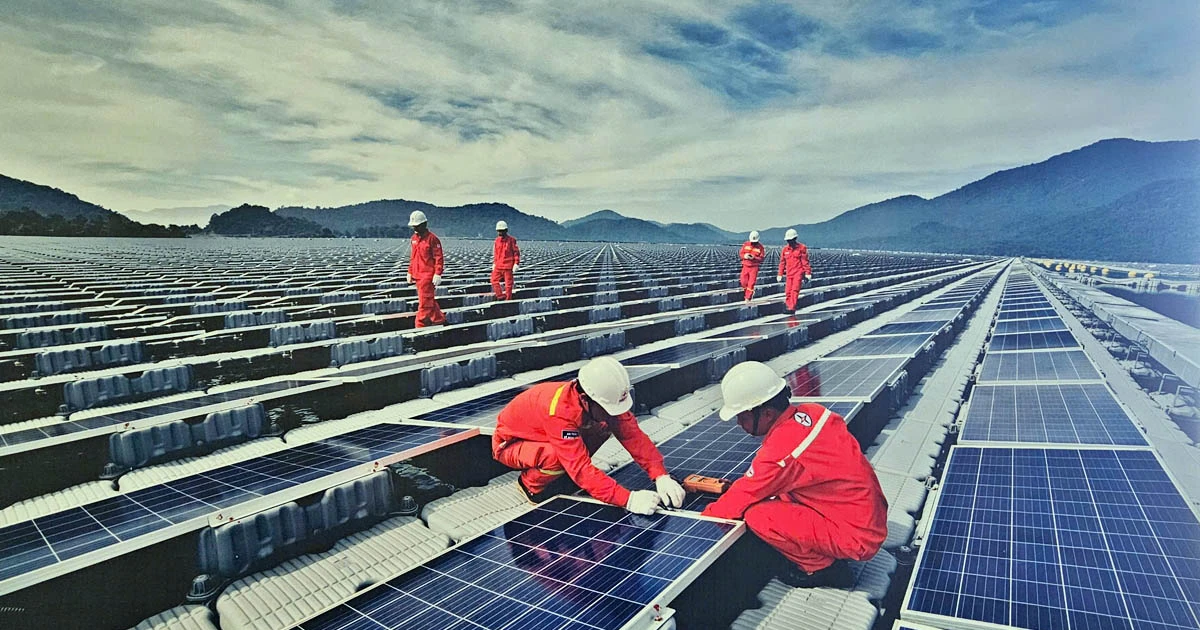

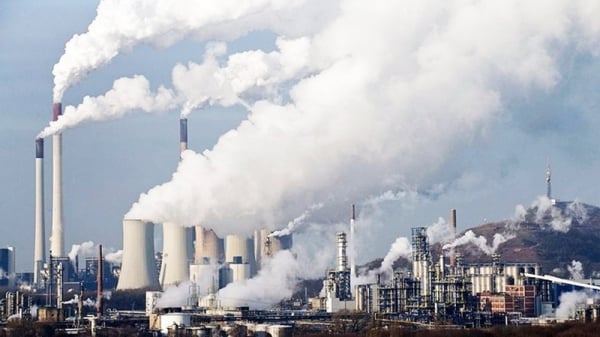

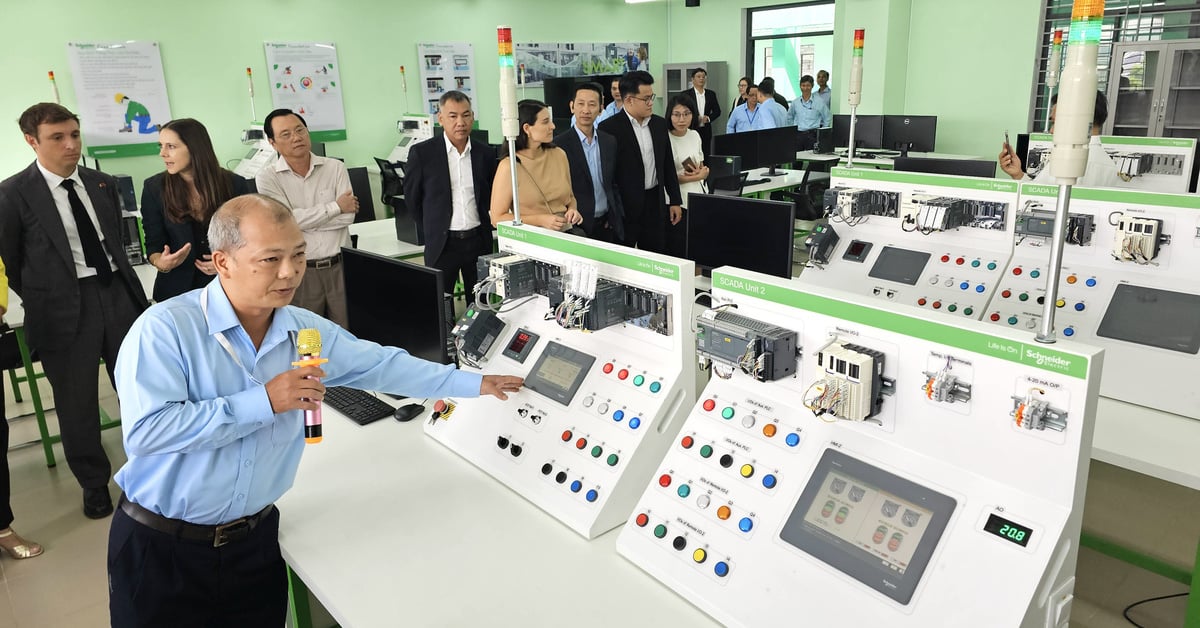

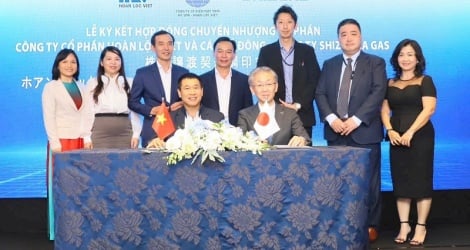

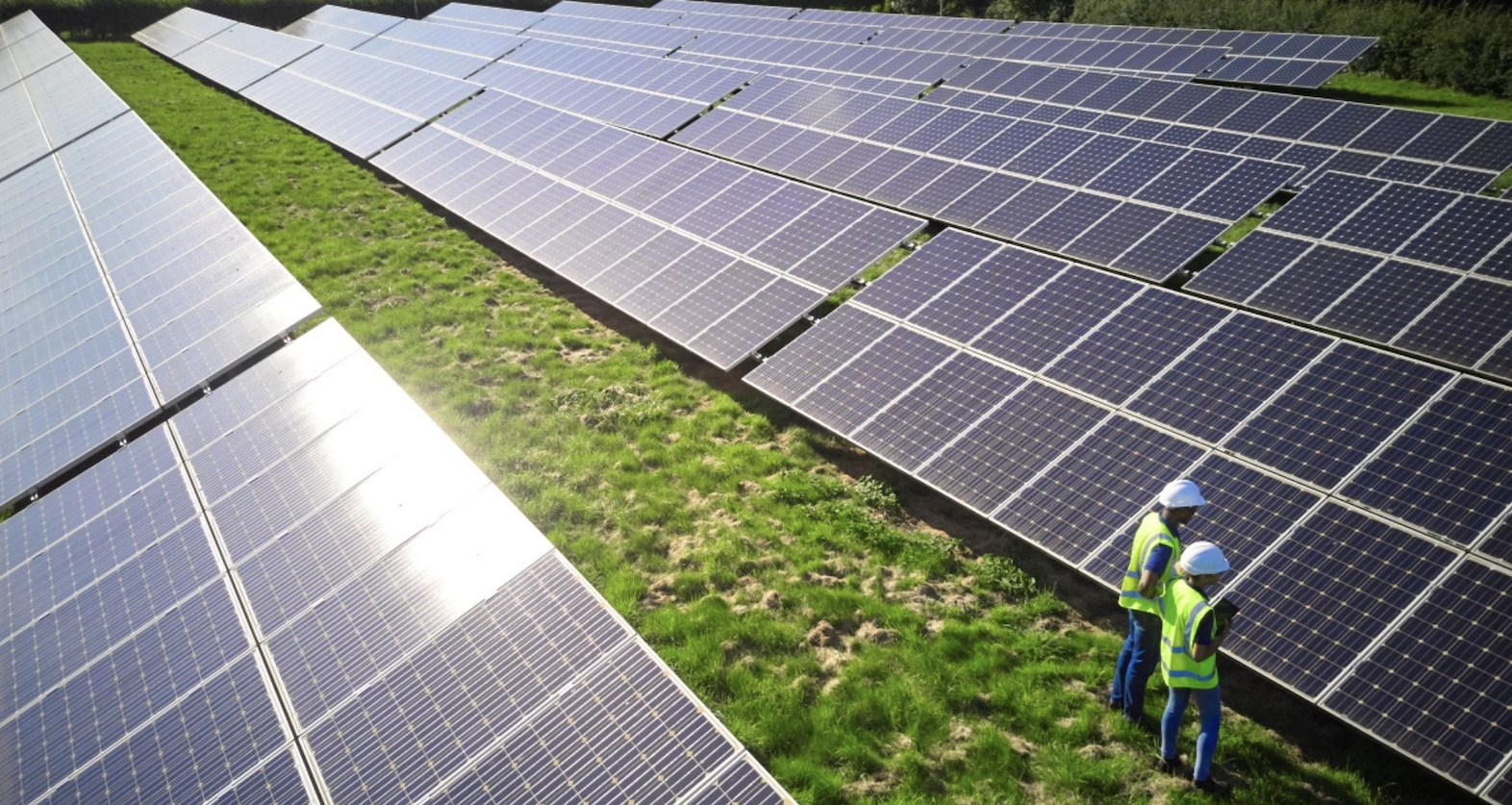
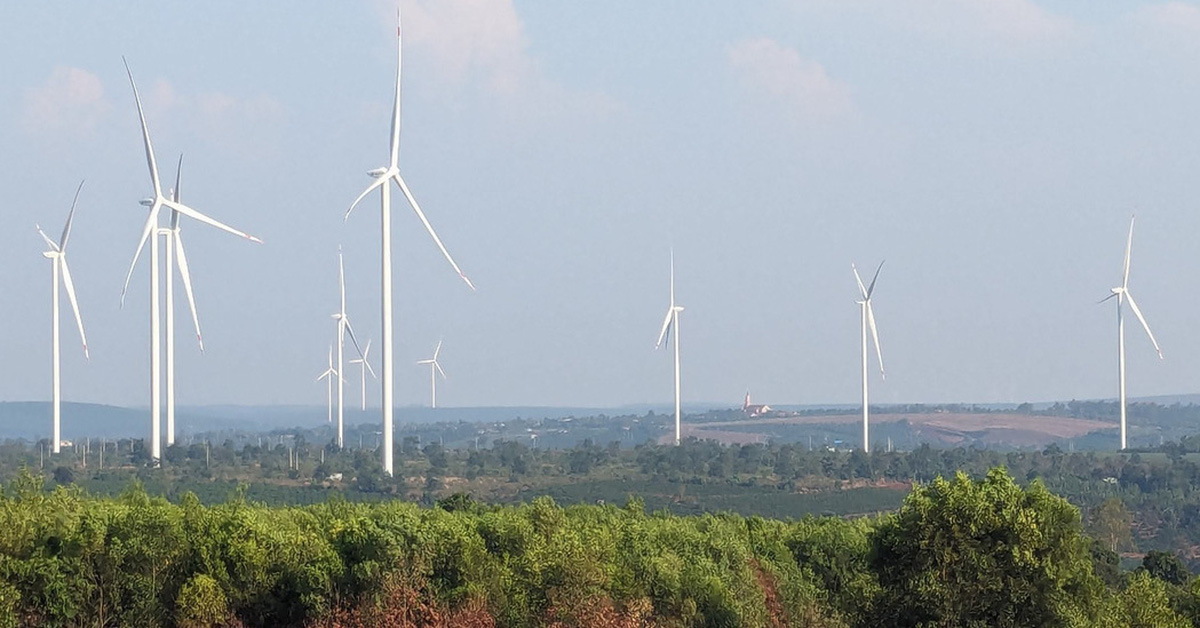




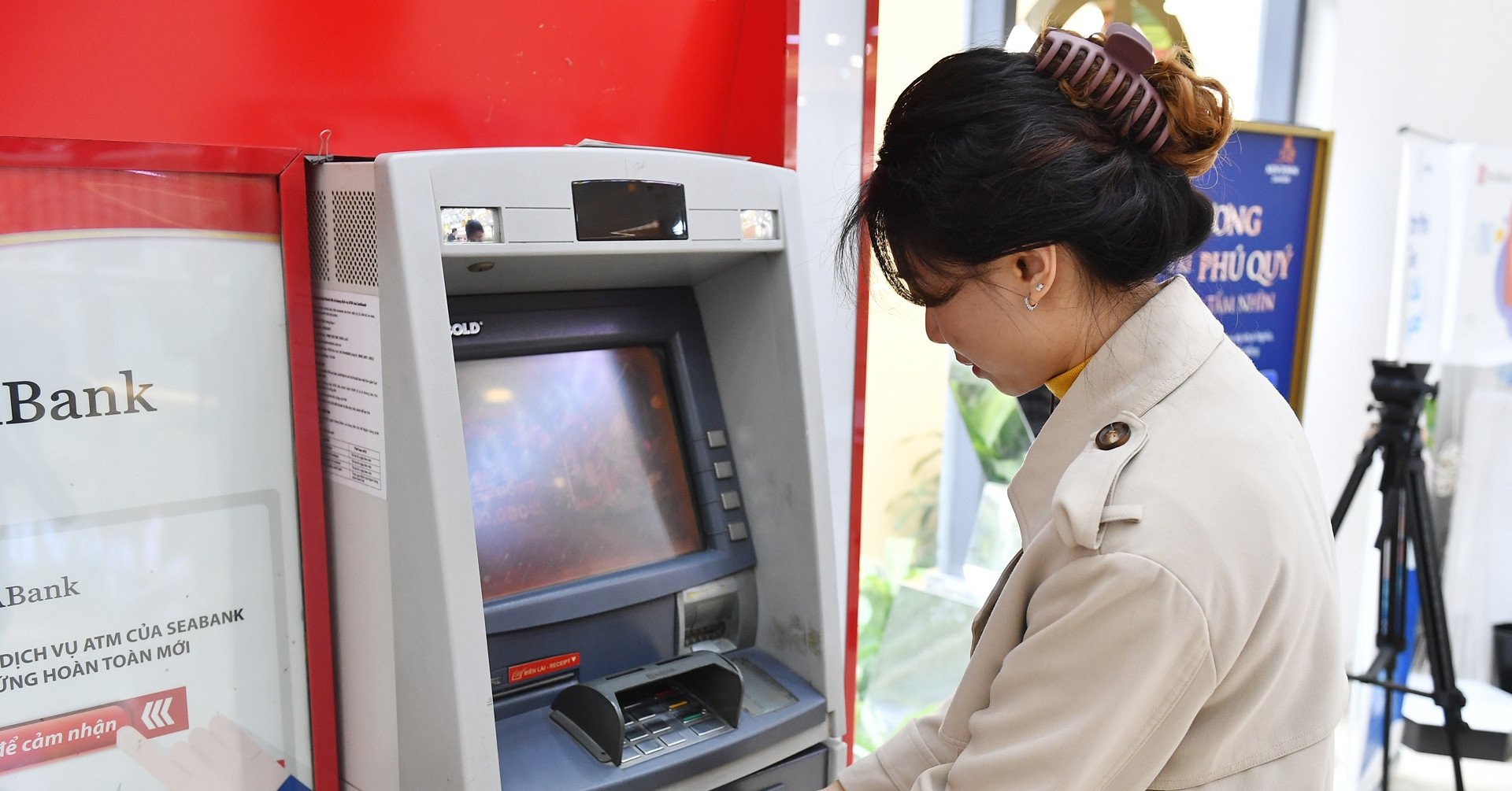
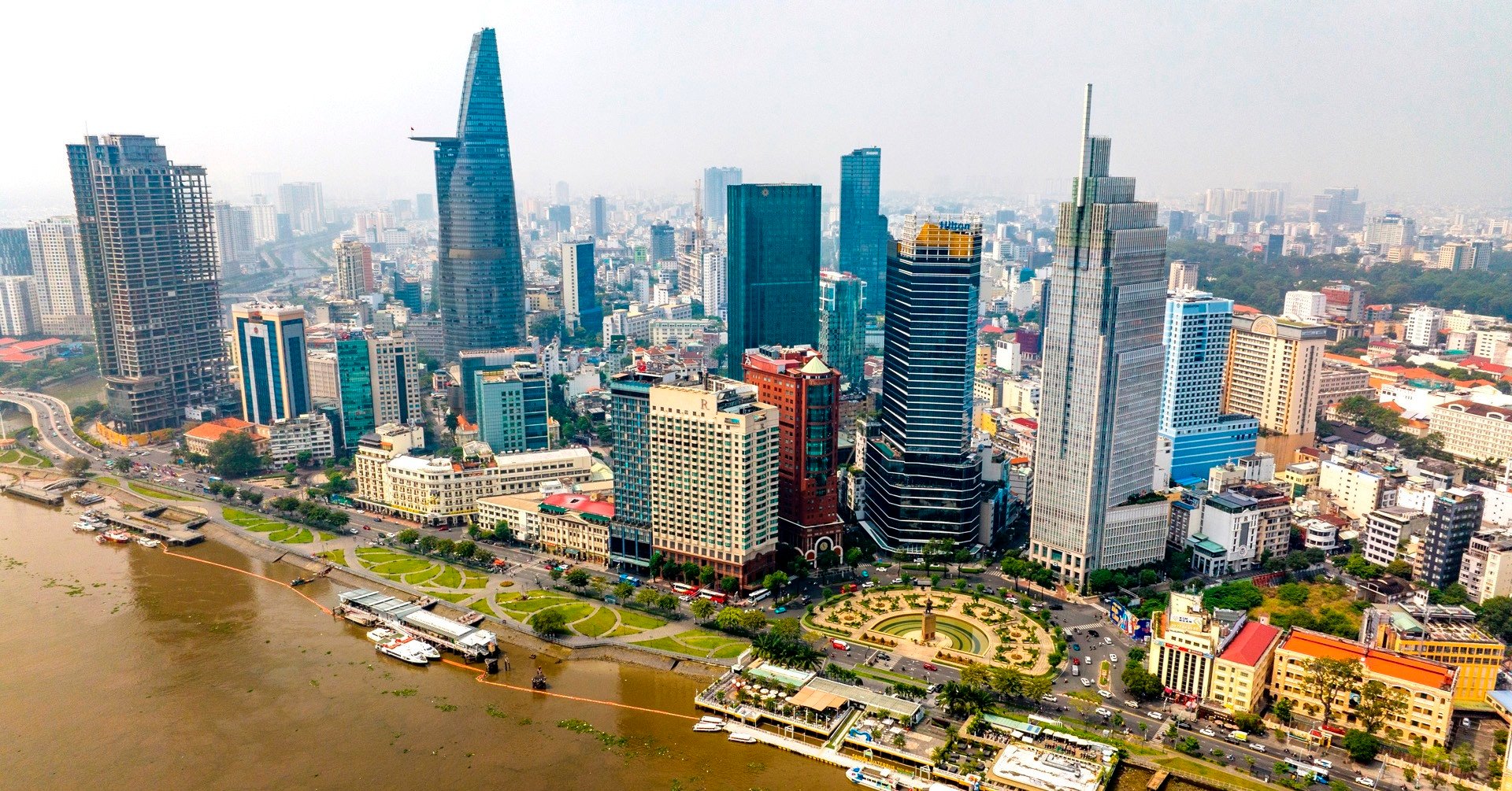
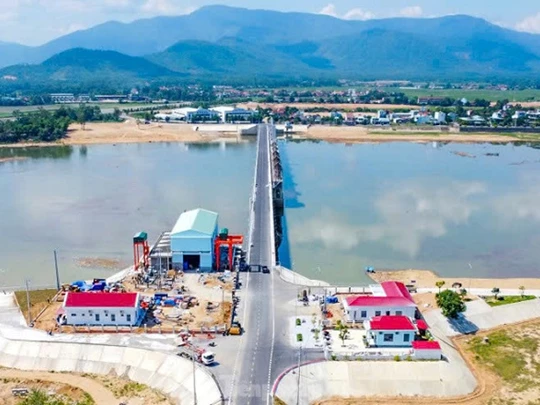



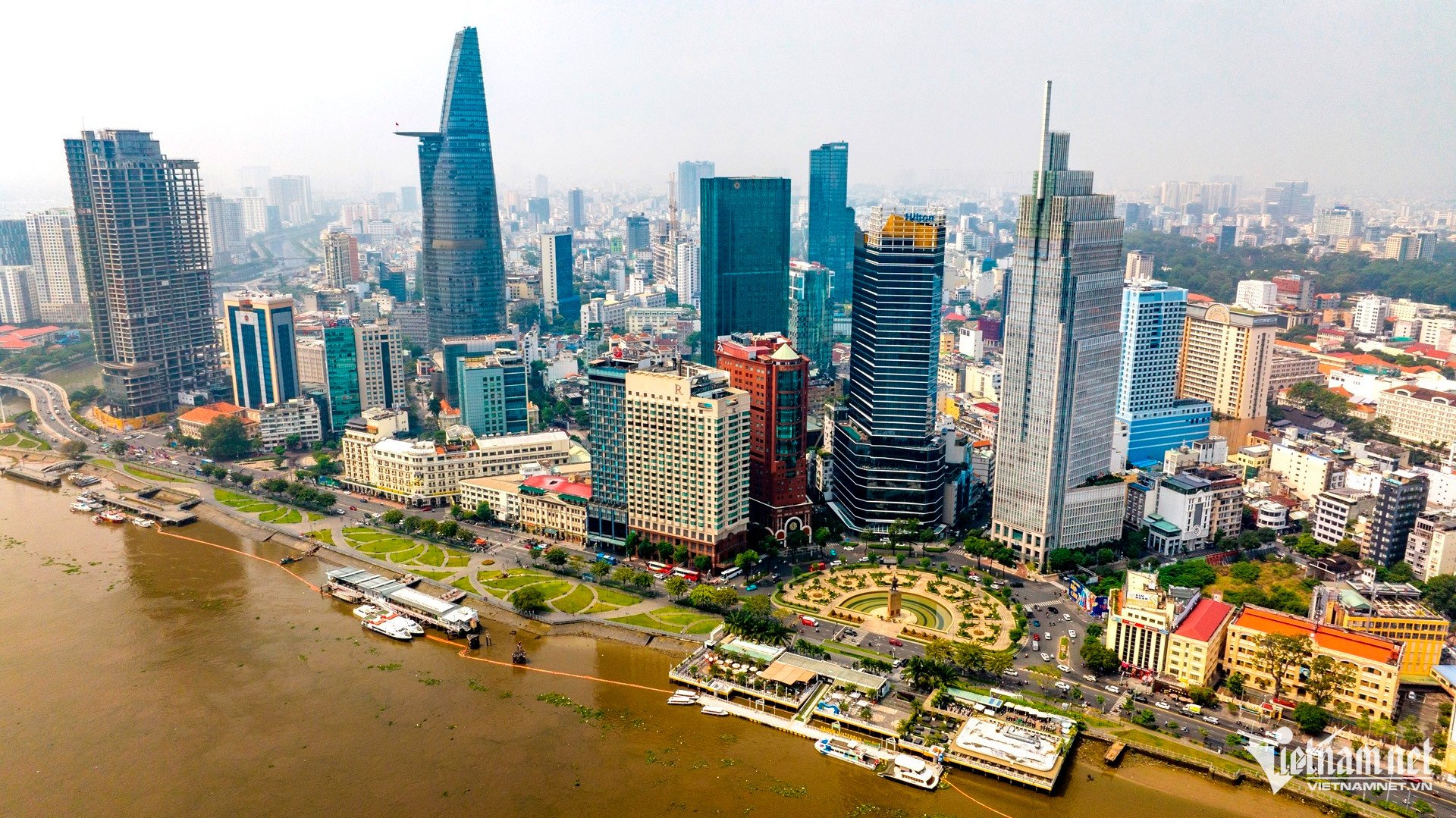
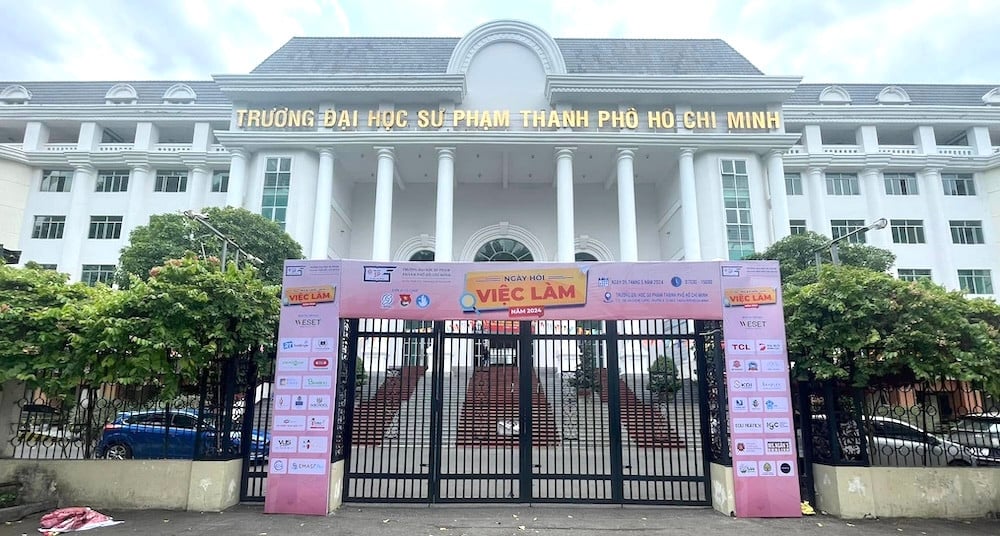












Comment (0)